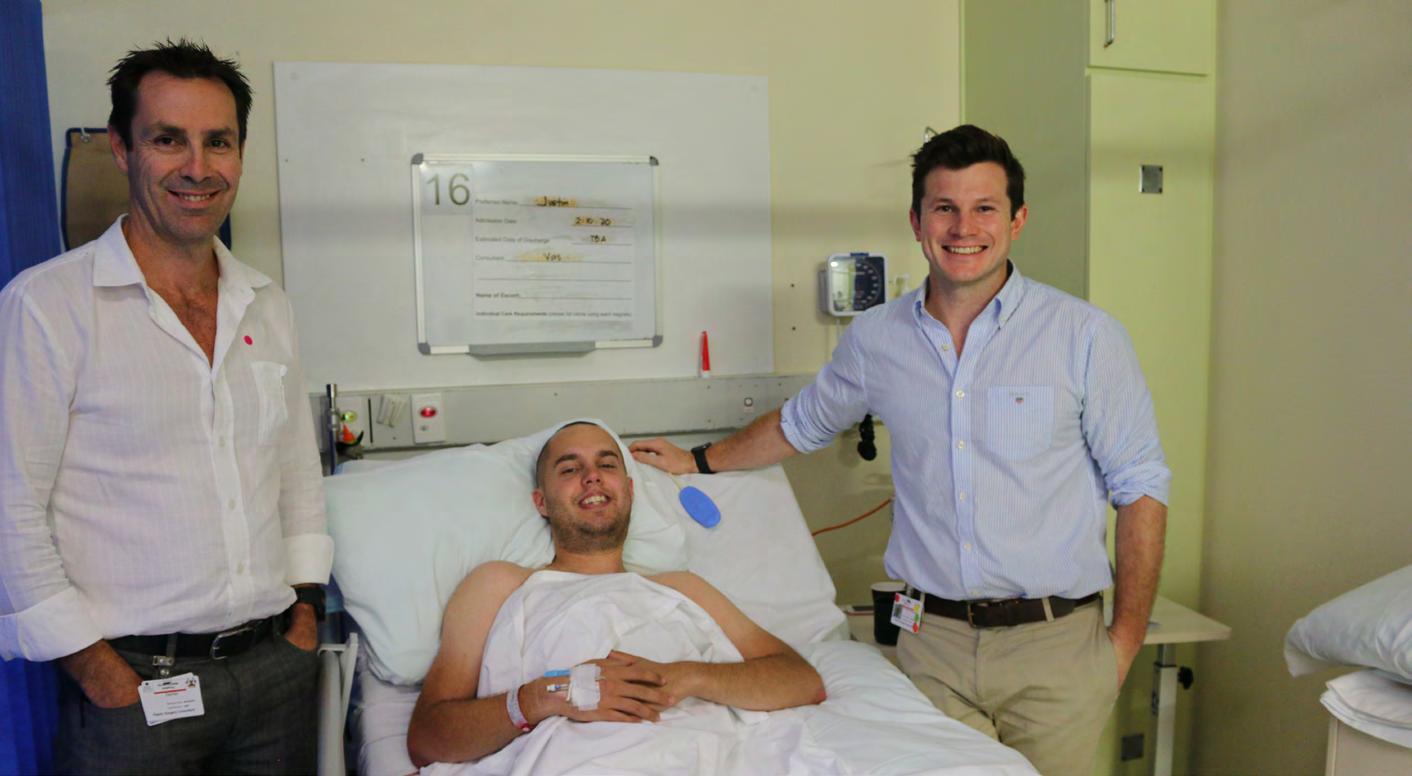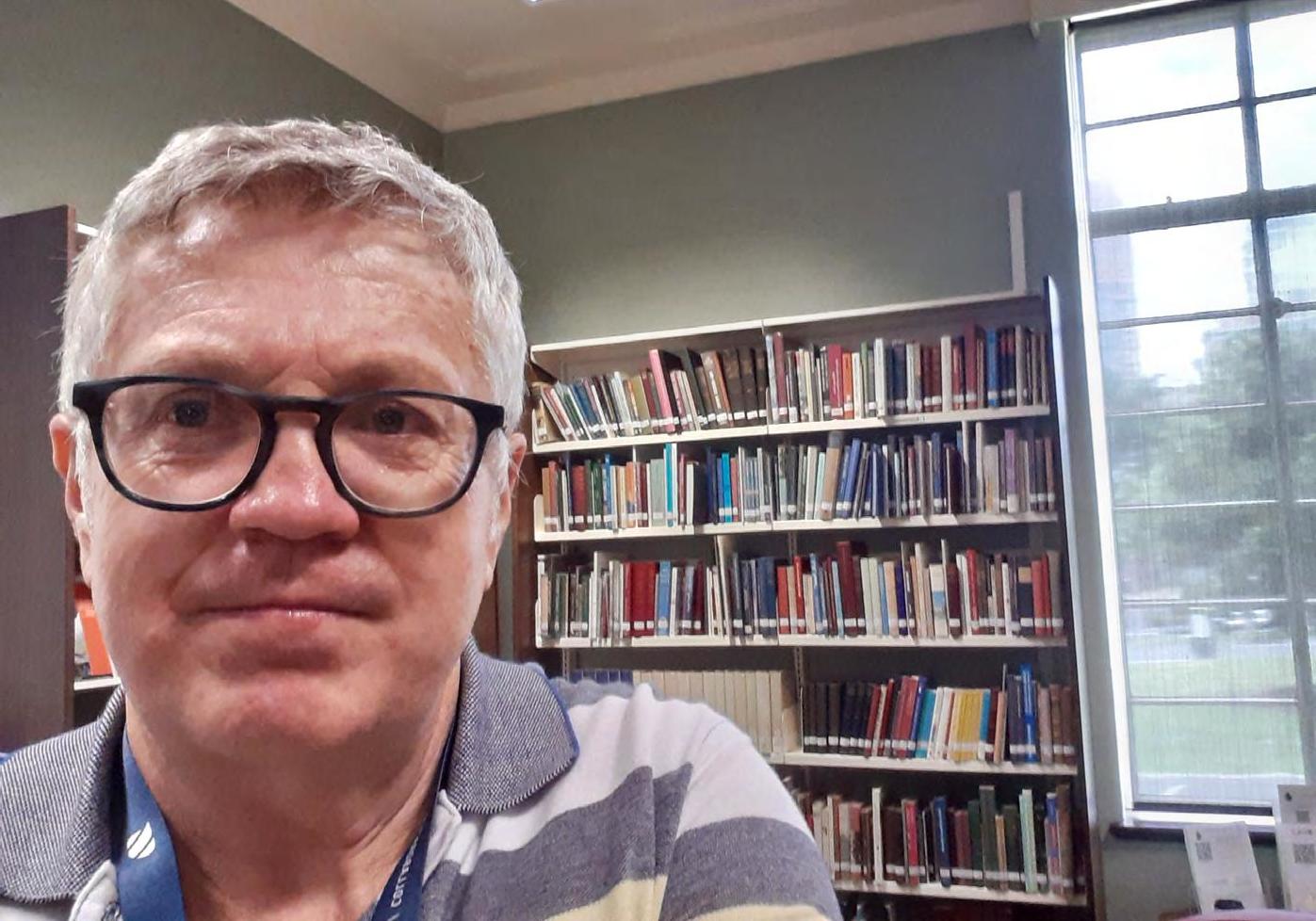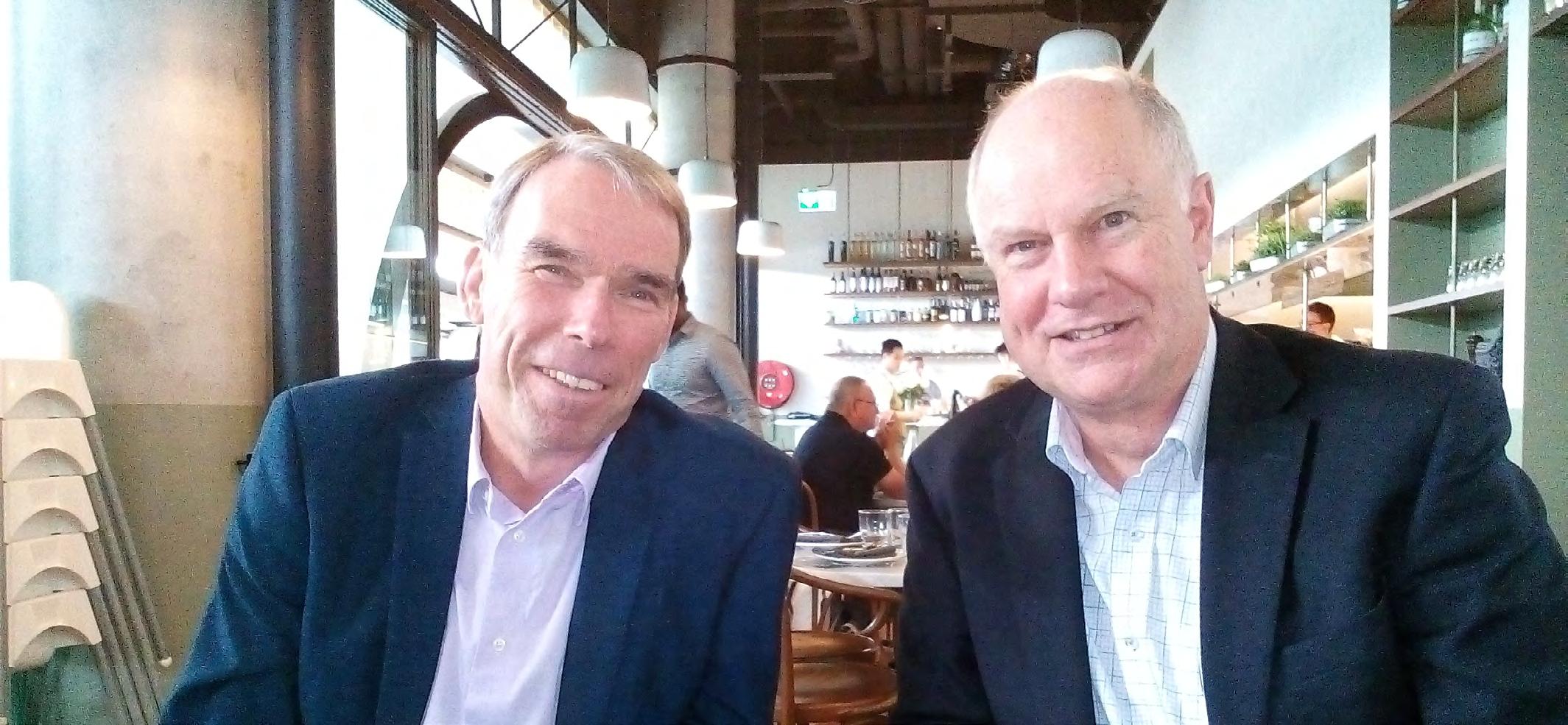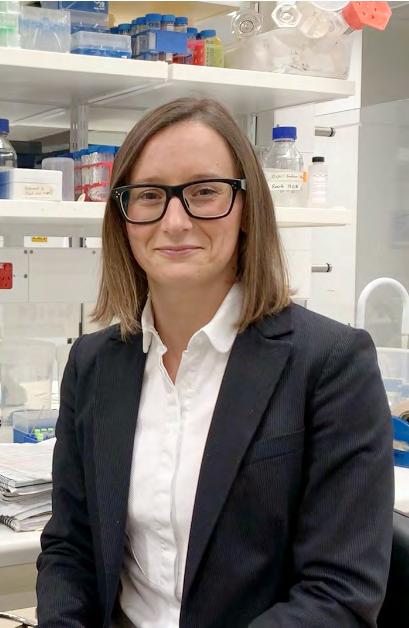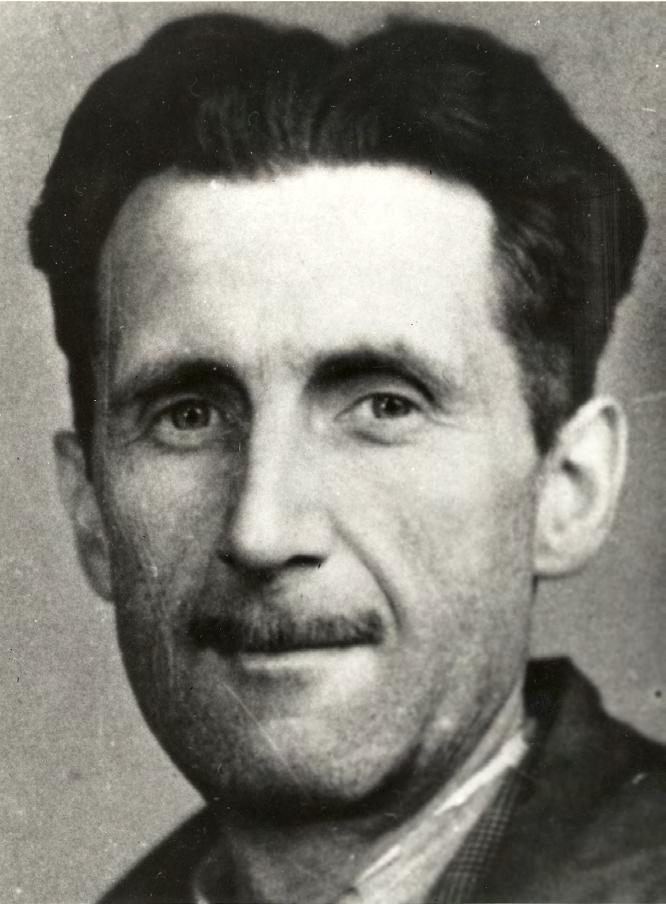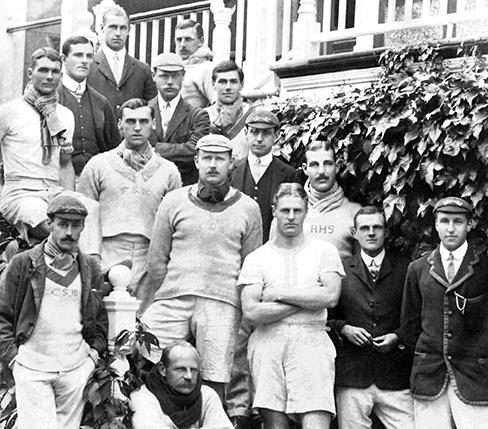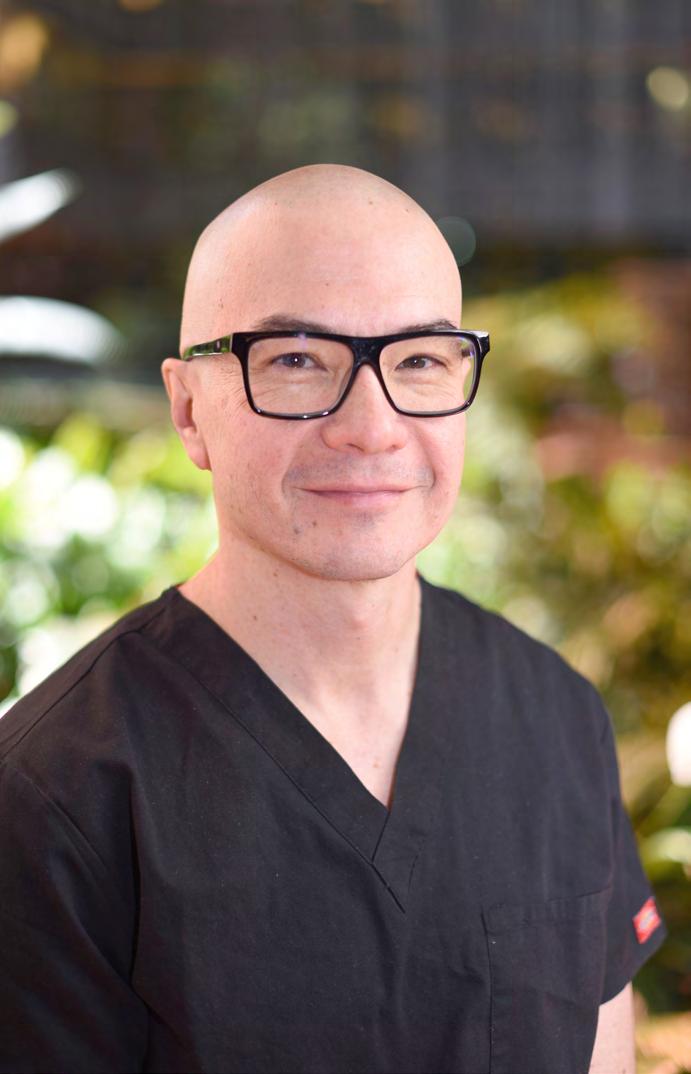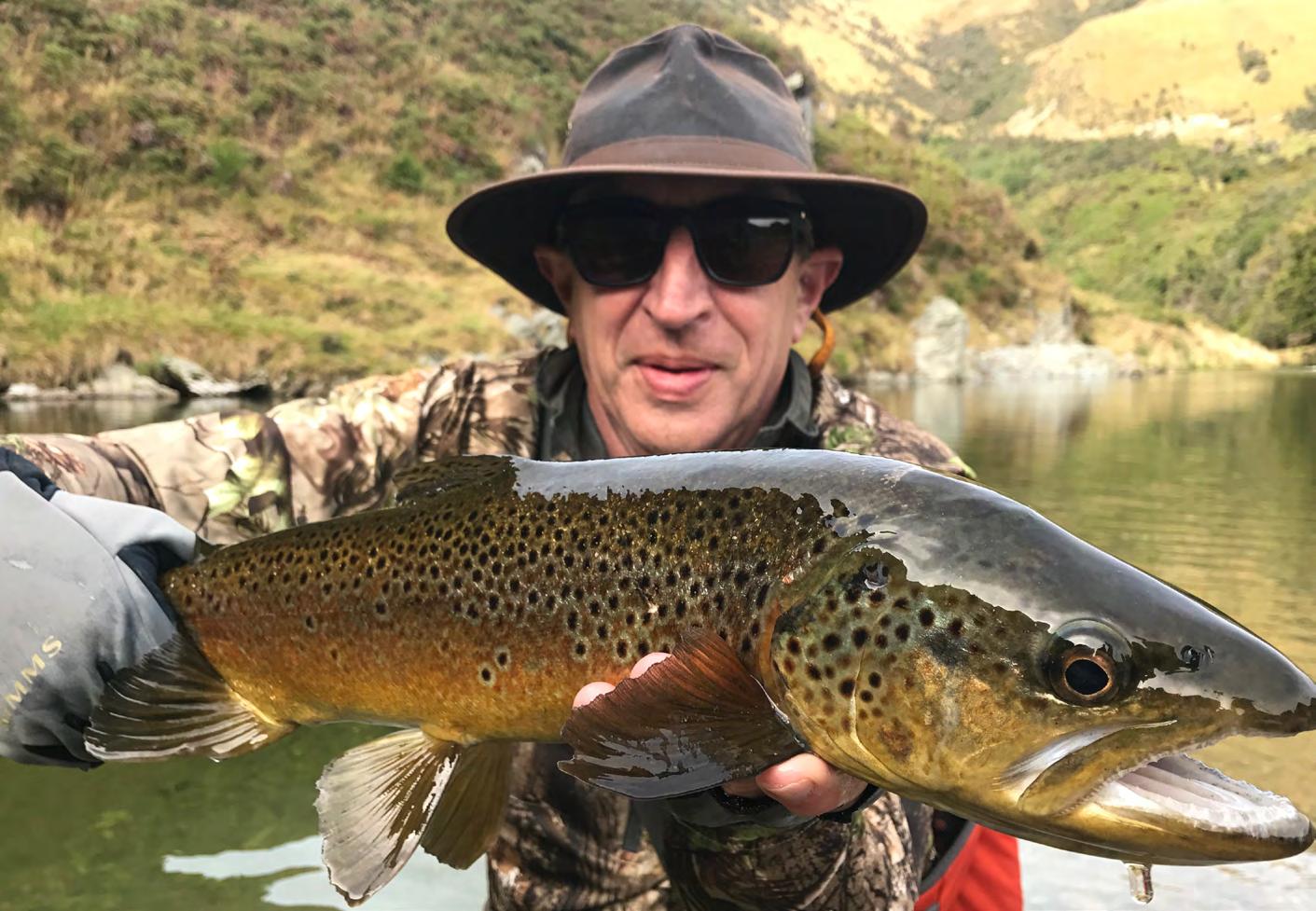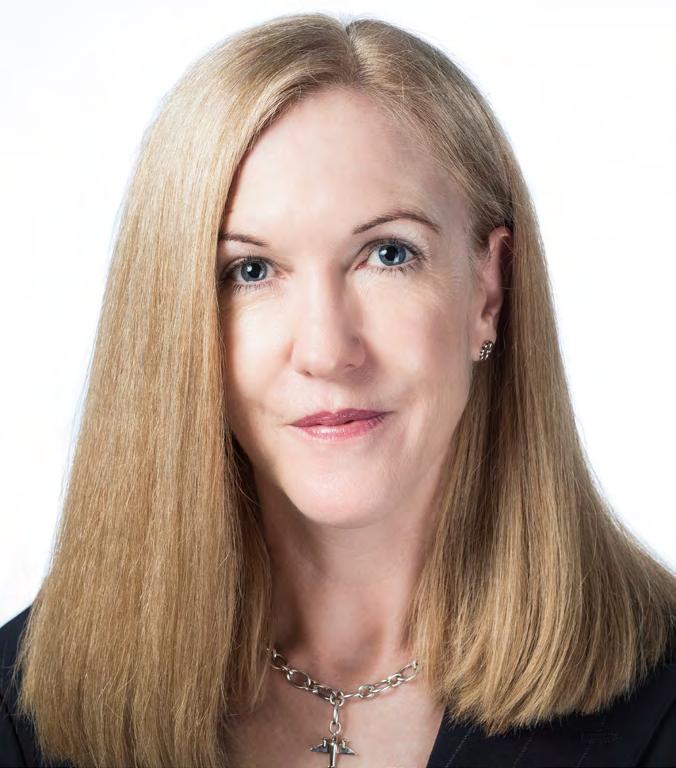
7 minute read
AOA leading the way on the 10th competency
Orthopaedic surgeon Dr Jennifer Green talks to Surgical News about the progressive work of the Australian Orthopaedic Association (AOA) on diversity, and gender and cultural inclusion.
Dr Jennifer Green
Advertisement
After extensive consultation, the Royal Australasian College of Surgeons (RACS) has revised its Surgical Competence and Performance Guide to include ‘Cultural Competence and Cultural Safety’. This 10th competency was added in recognition of the significant health inequities that correlate to poor health outcomes among Indigenous and Torres Straight Islander peoples in Australia and Māori in New Zealand. The Australian Orthopaedic Association (AOA), one of RACS’ specialty societies, has been doing ground-breaking work in gender equity and diversity for several years. It has both a Diversity Strategic Plan 2018–2023, and a vision to “create a culture of inclusion that promotes and enables all people into and within the profession of Orthopaedic Surgery.” Dr Jennifer Green is Chair of the AOA Orthopaedic Women’s Link (OWL) Committee, AOA representative on the Diversity Council of Australia and a member of the AOA Cultural Inclusion Working Group (CIWG). The Cultural Inclusion Working Group “Having achieved all these goals in gender diversity, we started looking at what we should be doing in cultural diversity and inclusion,” Dr Green said. A significant part of the answer was the formation of the CIWG, which has been in operation for several months. One of the most diverse working groups that AOA has ever set up, CIWG is proving to be a dynamic source of perspectives and ideas. They’re working towards several aims, Dr Green said. One of the most important of these is “working out how to harness voices from more diverse backgrounds and contribute to the development of AOA”. Three of the five Indigenous RACS Trainees in Australia are AOA Trainees. The most senior is Dr Anthony Murray, who will be the first Indigenous Australian orthopaedic surgeon and is a member of CIWG. Dr Martin Richardson, who is also in CIWG, has a wife and daughter who are both Indigenous doctors and his perspective is a strong force for equity, Dr Green said. In 2019, a senior AOA member attended the Australian Indigenous Doctors Association (AIDA) conference in Darwin, and “started a conversation with Indigenous doctors about Orthopaedics as a potential career path” by facilitating a workshop and encouraging delegates, Dr Green said. In 2020, AOA had planned even greater involvement, with a workshop to attract medical students and junior Indigenous doctors with hands-on activities and an interactive Q&A session at the AIDA meeting. Unfortunately, it was cancelled due to COVID-19, but “we’re in touch with AIDA and hope to run it next year”, Dr Green added. There is also ongoing discussion in CIWG about the value of mentorship and creating an Indigenous pathway for Orthopaedic Trainees. Dr Green pointed out that surgeons of different cultural backgrounds were not highly represented in AOA. There is a need, she said, “to bring more people with multicultural backgrounds into the discussion” as well as Indigenous people. The Orthopaedics Women’s Link Committee (OWL) OWL is a committee within AOA that advocates for gender issues, career support, training, flexibility and educational opportunities for female orthopaedic surgeons, as well as other pertinent issues. In 2018, AOA was made up of 95 per cent male orthopaedic surgeons and 5 per cent female. In early 2018, the AOA launched a strategy to increase gender diversity within the organisation, after wide consultation and workshops. Dr Green became OWL Chair later that year and has been advancing the strategy ever since. ‘Shoulder-tap’ appointments within AOA ceased and all committee appointments are advertised. This change has resulted in a 50 per cent increase in female members on committees, a number of them in leadership positions. A policy was also developed mandating the inclusion of women in scientific and educational meetings, and change has been ongoing as people become more aware about including women in roles such as chairs, panellists and speakers. “In addition to that, we have 40 per cent females who were voted onto the AOA Board at our last election and, in 2021, Dr Annette Holian will become the first female president of the AOA,” Dr Green said. AOA has also gradually modified its Trainee selection process to minimise bias. The selection process has two parts. The first is the CV and referee report to assess who will be interviewed. The second is a series of mini-interviews, each with a three-person interview panel including at least one female and one non-orthopaedic member. Due to a limited number of female orthopaedic surgeons, women from medical specialties and nursing, allied health and human resources are invited to sit on the interview panels. “The interview process appears to have less implicit bias than the first part of the selection process,” Dr Green said. “And this year, rather than interviewing only 50 per cent of applicants, AOA interviewed 75-80 per cent.” In selection over the years, referee reports have contributed a smaller proportion to final selection scores, helping reduce the impact of any implicit bias.

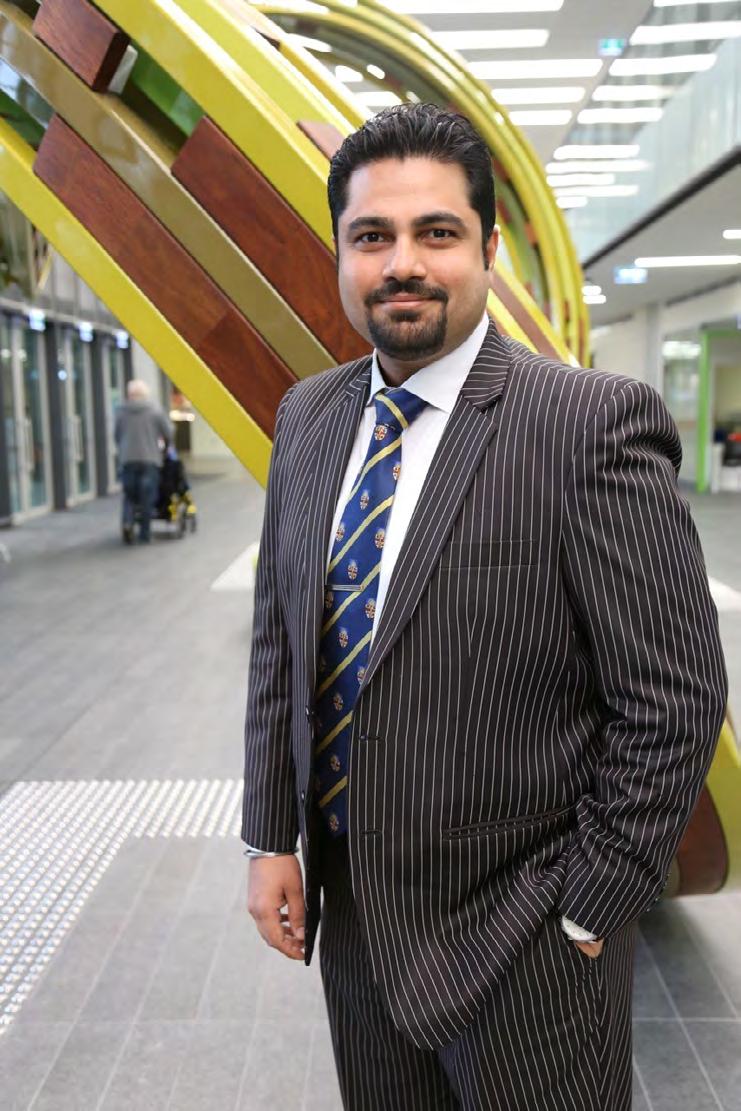

AOA Cultural Inclusion Working Group From top left to right, rows 1 to 4: Chair Dr Chris Morrey, Mr Ashraf Chehata, Dr Sarah Coll, Dr Jennifer Green Dr Ruth Mitchell, Dr Peter Moore, Dr Chris Mulligan, Dr Anthony Murray, Mr Buki Oloruntoba, Mr Travis Perera, Mr Marinis Pirpiris, Associate Professor Martin Richardson Dr Dolapo Sotade, Dr Aman Singh, Dr Jai Sungaran, Dr Stephanie Weidlich.
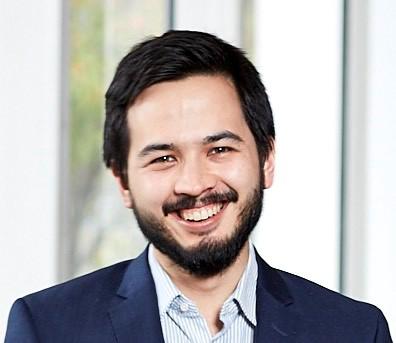
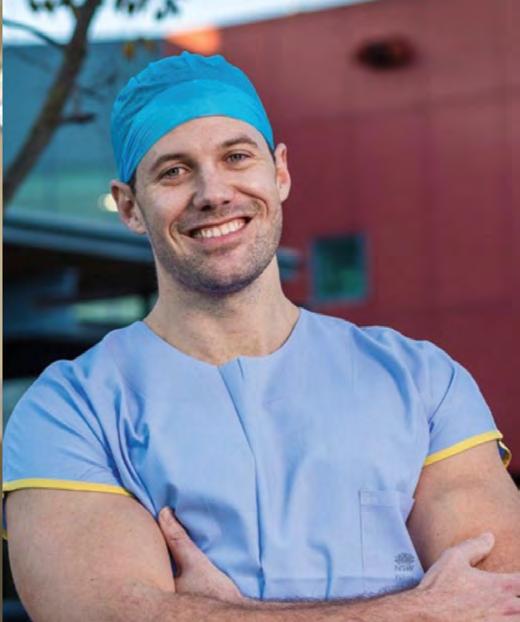

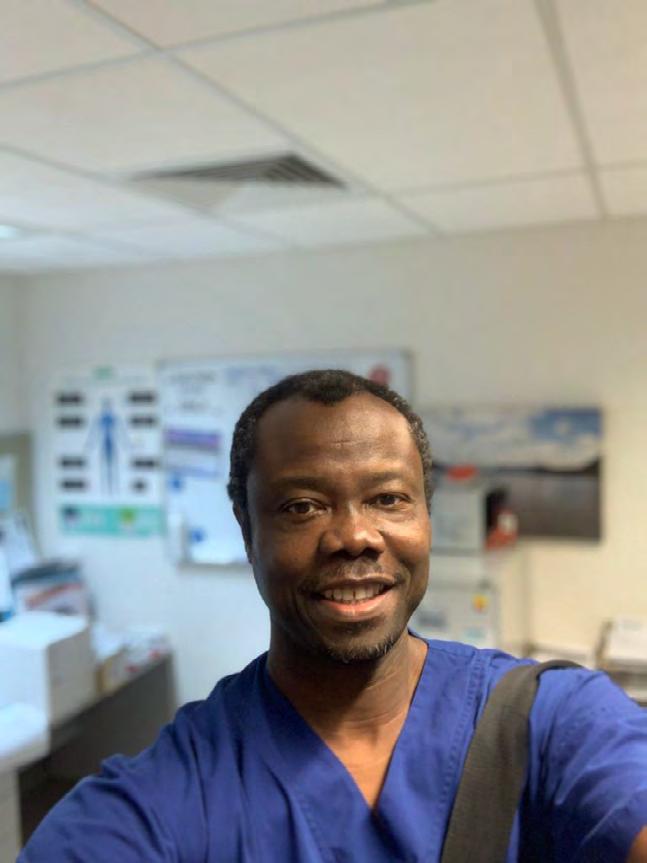
Of the successful applicants commencing AOA21 Training in 2020, a record 24 per cent are females. Dr Green stressed the importance of bringing the people you are advocating to into the room. All the evidence and data suggest you can’t advocate for gender diversity in a closed shop of women, she said. “You need your male colleagues there to understand the messages and evidence.” As a result, OWL has two male orthopaedic surgeons on its committee – Champions of Change Chair, Dr Andrew Wines and Board representative, Dr Chris Morrey. The Champions of Change Working Group AOA also created the ‘Champions of Change’ Working Group (CCWG) to encourage gender equity within the organisation. A male representative from every Australian state is on CCWG, along with two female representatives from the OWL Committee – Dr Green as OWL Chair and Dr Rekha Ganeshalingam representing younger female surgeons. CCWG works with the OWL Committee and the AOA membership. Its objectives include “to listen and learn from their experiences and leadership, and advocate for female representation” and to “prioritise achieving progress on female representation”. Diverse organisations decrease health inequities Data tells us that a leadership committed to cultural change and visible role models are two of the most important factors in advocating diversity messages such as cultural change, Dr Green said. “We know there’s a lot of evidence now that diverse organisations attract the top talent; they are more innovative and they also make better decisions than less innovative organisations.” Most importantly for health care, she added, “We know that we need a more diverse workforce in order to decrease all the health inequities, particularly in Australia where it’s very relevant for Indigenous health care.” Diversity strategy must have milestones “There’s no point having a strategy unless you have goals and aims,” Dr Green said. “And you have to achieve those goals and be accountable.”
Of the discussion about diversity versus merit, and the concern that some people have unfair advantages, Dr Green pointed out that it’s more about removing unconscious biases and creating a level playing field. A 2019 article in The Lancet, unravels the myth that ‘promoting diversity contravenes meritocracy.’1 ‘An abundance of research evidence shows our so-called meritocracies are not meritocratic,’ Kang and Kaplan explain. ‘So, if anything, underlying biases appear to be causing the current meritocratic systems to bypass many highly capable women and members of other minority groups. We are drawing heterosexual, white men from much further down the distribution of talent than we are for other social categories.’ If you’re not diverse, “you’re only really dipping into the small part of the pool of talent,” Dr Green said. “If we are only taking a handful of people from different cultural backgrounds, we are missing out because we’re not opening ourselves up to the entire talent pool and all these people can make our organisations greater.” Dr Green does offer a word of caution. Diversity without inclusion is of no value to an organisation, she said. “You need to include those voices. There’s no point ticking the box if they’re not in leadership roles; if they’re not on committees and if they’re not being active members of your community and contributing those diverse ideas to your organisation.”

